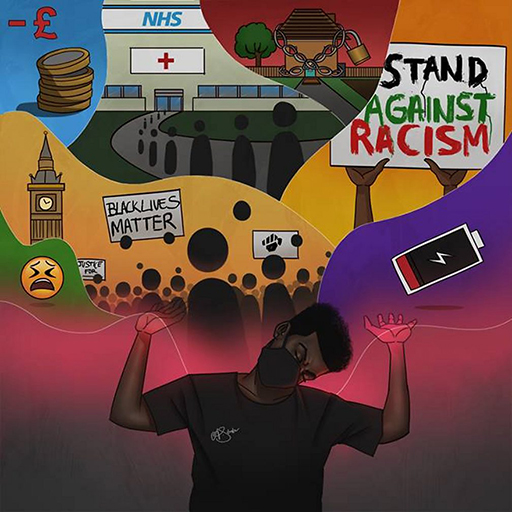9 Conclusion
This course reviewed the nature and scope of youth policy through racialised race and crime discourses: what it sets out to do, how it operates; how practitioners can be actively engaged in shaping and influencing it, and challenging it where appropriate.
Now that you have completed the course, you should be able to:
- analyse some of the assumptions that underpin youth policy
- evaluate some of the ways in which policy can be interpreted though a racialisation lens.
You have been presented with policy formulation and delivery as a complex and rather messy process, driven by a multiplicity of factors – economic, political, social and cultural – and both influencing and reflecting the way young people and their wider communities are understood in society. Ultimately, this course has highlighted that policy is never neutral and instead is mediated through discourses and stereotypes of risk, societal threat and/or problems, and race which can serve to stigmatise and label some of the most marginalised young people in society, rather than support them as they navigate their transitions to adulthood.
This is particularly salient given that the transitions into adulthood in contemporary society have become increasingly complex, whereby unequal starting positions among young people in negotiating them have simultaneously produced greater opportunities for some and increasing social and economic marginalisation for others.

